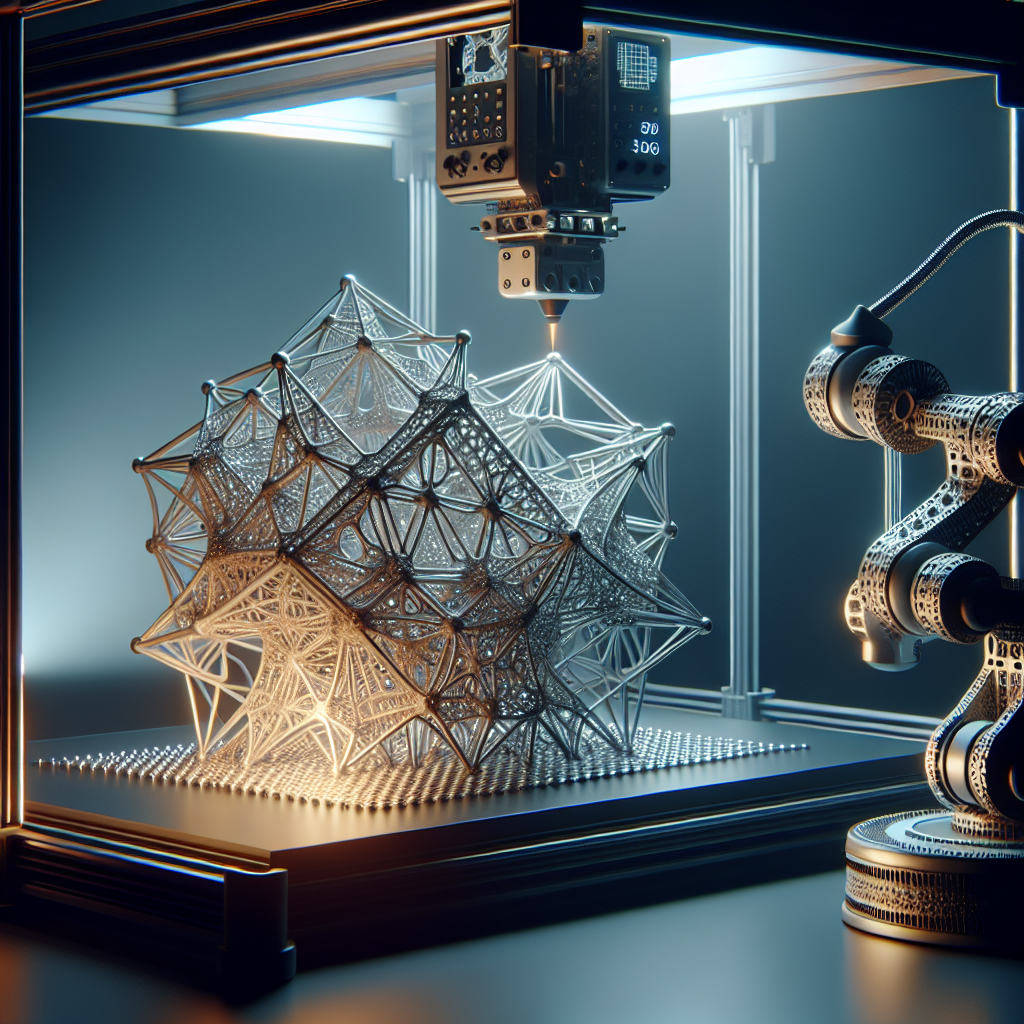Metal 3D printing, also known as additive manufacturing, has revolutionized the way we create complex metal parts and components. With the integration of artificial intelligence (AI) into metal 3D printing processes, manufacturers are now able to achieve higher levels of precision, efficiency, and customization than ever before. In this article, we will explore the various benefits of AI in metal 3D printing and how it is transforming the manufacturing industry.
1. Improved Design Optimization
One of the key benefits of AI in metal 3D printing is its ability to optimize the design of parts and components. By analyzing vast amounts of data and running simulations, AI algorithms can identify the most efficient and effective designs for specific applications. This results in parts that are lighter, stronger, and more durable than traditional manufacturing methods.
2. Enhanced Process Control
AI technology allows for real-time monitoring and control of the metal 3D printing process. By analyzing sensor data and making adjustments on the fly, AI systems can ensure that each layer of metal is deposited with the highest level of precision and quality. This leads to fewer defects and higher overall part quality.
3. Faster Time-to-Market
With AI in metal 3D printing, manufacturers can significantly reduce the time it takes to develop and produce new parts. By automating design, simulation, and production processes, AI systems can streamline the entire manufacturing workflow, leading to faster time-to-market for new products.
4. Increased Customization
AI algorithms can analyze customer data and preferences to create highly customized parts and components. This level of customization was previously impossible with traditional manufacturing methods, but with AI in metal 3D printing, manufacturers can now create unique, personalized products for their customers.
5. Reduced Material Waste
Metal 3D printing is a highly efficient process, but AI technology takes it one step further by optimizing material usage. By analyzing the design of parts and components, AI algorithms can minimize material waste and reduce overall production costs. This not only benefits the environment but also improves the bottom line for manufacturers.
6. Predictive Maintenance
AI systems can monitor the performance of metal 3D printers and predict when maintenance is needed. By analyzing data from sensors and historical performance, AI algorithms can anticipate potential issues before they occur, preventing costly downtime and ensuring that production runs smoothly.
7. Scalability
AI in metal 3D printing allows manufacturers to scale their operations more easily. By automating various aspects of the manufacturing process, AI systems can handle larger volumes of production with minimal human intervention. This scalability is crucial for manufacturers looking to expand their business and meet growing demand.
FAQs
Q: How does AI optimize the design of metal parts in 3D printing?
A: AI algorithms analyze vast amounts of data and run simulations to identify the most efficient and effective designs for specific applications. By optimizing the design of metal parts, manufacturers can create lighter, stronger, and more durable components.
Q: Can AI improve the quality of metal 3D printed parts?
A: Yes, AI technology can enhance process control by monitoring and adjusting the metal 3D printing process in real-time. This results in fewer defects and higher overall part quality.
Q: How does AI reduce material waste in metal 3D printing?
A: AI algorithms analyze the design of parts and components to minimize material waste and optimize material usage. This not only benefits the environment but also reduces production costs for manufacturers.
Q: What is predictive maintenance in metal 3D printing?
A: Predictive maintenance is a feature of AI systems that monitors the performance of metal 3D printers and predicts when maintenance is needed. By analyzing data from sensors and historical performance, AI algorithms can anticipate potential issues before they occur, preventing costly downtime.
In conclusion, the integration of AI technology into metal 3D printing processes has numerous benefits for manufacturers, including improved design optimization, enhanced process control, faster time-to-market, increased customization, reduced material waste, predictive maintenance, and scalability. By leveraging the power of AI, manufacturers can create high-quality metal parts and components with greater efficiency and precision than ever before.

